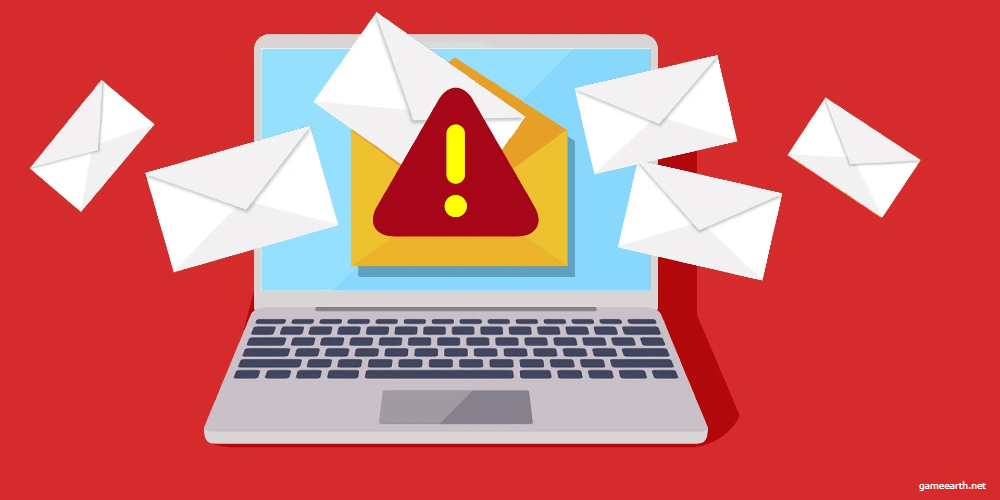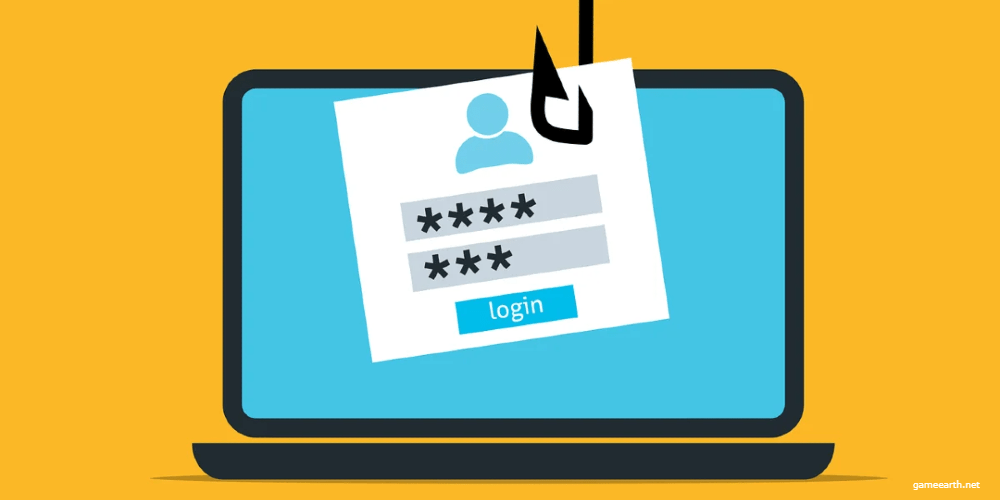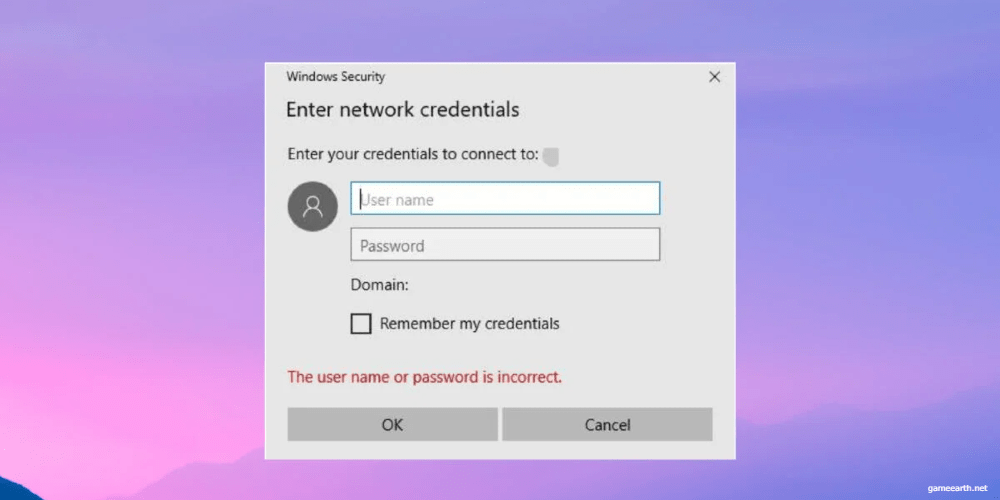Salvaging Your Digital Identity: How to Recover from an Email Hack
- Aug 05, 2023
- 558

While the technological revolution has provided us with countless comforts, it has also elevated the risk of cyber attacks. One of the common casualties of this cyber warfare is email accounts. Email hacking not only disrupts personal communication but can also serve as a gateway for hackers to infiltrate sensitive data, leading to dire consequences, especially for firms. However, fret not; it is possible to resurrect your hacked email account by following a series of crucial steps.
We've all been thrown off guard by an unexpected situation - this could be forgetting your car keys or finding that your email account has been compromised. The difference between the two scenarios? Email hacking can turn your online life upside down. Nevertheless, the first step to tackling this issue is understanding how hackers tend to operate. They generally resort to several methods, such as phishing, man-in-the-middle attacks, or brute force attacks. Phishing strategies trap users into revealing their details, man-in-the-middle attacks intercept data on unsecured networks, while brute force attacks employ software that makes countless password combinations.

Now, how would one know that their email has been attacked? While an inability to log in is a glaring sign, hackers often sneak in without causing immediate disruption or long-term damage. Unfamiliar emails found in your sent folder or unusual login activity using different IP addresses are potent red flags that your account may have been violated. These indicators often trace back to weak passwords, clicking on malicious links or heeding dubious advertisement links, downloading files encapsulated in malicious code, and not using security software or out-of-date software.
The first action point is to align with your email service provider and opt for their account recovery service. For this purpose, substantiating your identity and answering your pre-set security questions are obligatory. Simultaneously, it is beneficial to switch to a fresh device that isn't potentially jeopardized.
A no-brainer, but an essential point is to change your credentials as soon as you regain access. Remember, a complex mix of numbers and characters in the lower and upper case makes for a robust password that can stave off repeat breaches. To enhance your security shield yet further, systematize two-factor authentication and keep efficient antivirus software at your behest.

However, there may be a scenario where the hacker beats you to the chase and changes your password, effectively barring you from your own account. When facing this distressing roadblock, adhere to the recovery procedures offered by your email service provider. Major providers like Gmail, Yahoo, and Outlook have in place recovery options involving secondary email addresses, security questions, or recovery phone numbers. Successfully running through these security hoops enables you to confirm your identity and initiate a password reset.
Once you've reinstated control over your account, don't rest on your laurels. The recovery of your account marks the beginning of a journey to enhance your digital fortress. Many email services offer two-factor authentication, providing an additional layer of security to the traditional login procedure. Regularly maintain all such security measures and ensure any devices and accounts linked to your email are also fortified with up-to-date safeguarding practices.
In the aftermath of the hacking incident, take the time to comb through your account settings meticulously. Look out for any aberrations to your backup email, settings, digital signature, or even auto-forward preferences - these are common alterations hackers instigate in order to maintain control over your account. If you come across such discrepancies, rectify them promptly so your account settings align back to your preferences.

Remember, the end of a battle is the best time to prepare for the next one. Equip yourself with a password manager tool to automatically produce and safeguard complex passwords. Regular software updates and vigilance against phishing traps also brace your guard against potential hacking maneuvers.
Also, if your account was manipulated to distribute spam or phishing emails, notify your contacts promptly. Inform them about the breach so they can be alert and protect themselves against similar hacking exploits.
The aftermath of a hack can be catastrophic, with hackers possessing the potential to erase all your email content. A proactive measure to counter such a situation is to secure all your data safely through cloud services or an offline hard drive.
Although Android and iOS tirelessly strive to purge malicious apps, a few still manage to sneak into app stores. Therefore, it is always wise to only install well-reviewed software from reputable sources and keep a distance from unverified free downloads. Finally, enlisting the services of ID theft protection from reputable agencies can offer a breather through real-time online account monitoring.

Having traversed through the intensity of a hack, it becomes naturally vital to analyze the cause precisely to prevent a reiteration. True, technology is a double-edged sword, with high-tech conveniences potentially undermined by hackers. Still, with the right knowledge and initiative, armed with robust security measures, one can triumph over these new-age pirates. After all, staying safe while surfing the cyber world is not a luxury but a necessity.
To sum it all up, the experience of an email hack is undoubtedly intimidating. But by responding swiftly, channeling the right resources, and reinforcing security measures, you can steer your way to recovery. The importance of staying alert and up-to-date can't be stressed enough in a world persistently navigating through cyber threats. The golden rule is to always stay vigilant, stay informed, and uphold the highest security standards in our progressively digitized world.